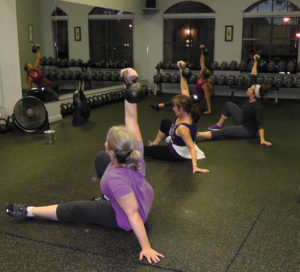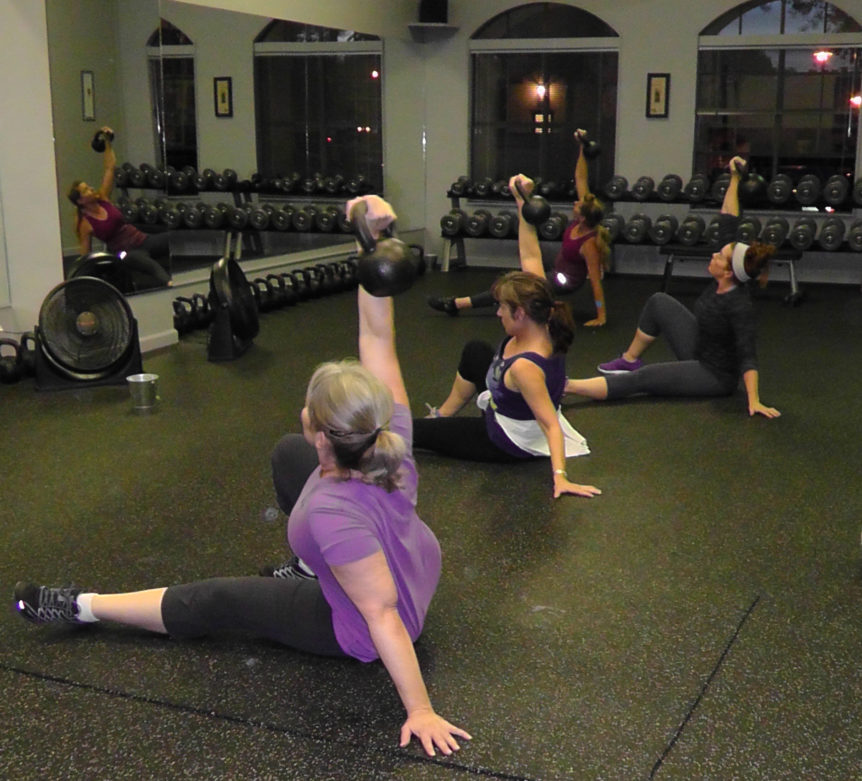 Why do you need to exercise? Simply because your body is designed to move. Pushing, pulling, bending, twisting, squatting, lunging, running, walking, sprinting and climbing are all full-body movements that we evolved to perform.
Why do you need to exercise? Simply because your body is designed to move. Pushing, pulling, bending, twisting, squatting, lunging, running, walking, sprinting and climbing are all full-body movements that we evolved to perform.
The problem is that most of us live sedentary lives; we don’t get enough of the right kind of exercise. On a daily basis, we fail to utilize the wide spectrum of movement patterns that are possible.
I am not talking about traditional exercise such as lifting weights while sitting on a cushioned bench using a machine. This type of training does not utilize the postural stabilization muscles, involved in maintaining a posture or fixating a joint, and functional/full-body movement patterns your body expects.
And the intensity of our movements has softened. All types of modern technologies have made our lives easier and unfortunately, less functional. If you don’t raise your arm over your head, for example, you will eventually lose your ability to do so. So the training environment is the way to get the right type and amount of exercise that your body needs.
As a personal fitness trainer, I teach my clients to move with functional movement. Functional training, or foot-based, full-body movement (such as pushing, pulling, bending, etc.) restores function by uncovering muscle imbalances and faulty movement patterns caused by weak links in the kinetic chain, and then correcting them.
The kinetic chain is a linkage system; it links adjacent joints and muscles together so that energy, or force, generated by one part of the body can move successfully through the body. When you have a weakness in one segment, the body tries to compensate by misusing other body parts. Once these weak links in the kinetic chain are corrected, by releasing restrictions using the foam roller and building strength and awareness with functional movement patterns, you will be able to move the way your body was designed to move.
One example of muscle imbalances caused by sedentary living is sitting in front of a computer. This posture causes rounded shoulders, because it encourages weak lower trapezius muscles in the upper back and short, tight pectoralis/chest muscles. But by stretching the tight chest muscles and stabilizing the weak lower traps (seating the shoulder blades; holding them down and in while moving) you can correct this imbalance.
Likewise, long periods of sitting causes the gluteal (butt) muscles to stop firing; they become elongated and dormant, while the antagonist hip flexors become short and tight. Because the hamstrings and lower back have to pick up more of the load, the result is often low back pain. This imbalance can be corrected by releasing the hip flexors, using a foam roller or soft ball, and strengthening the glutes, using functional hip extension exercises.
Once your functional range of motion and postural stability has improved, you can begin to realize the results you are looking for. Whether you are an athlete, a weight-loss candidate, or someone who wants to stay fit using the best technique possible, functional training is the fastest route to a healthy and fit body, ready and waiting for whatever comes your way

